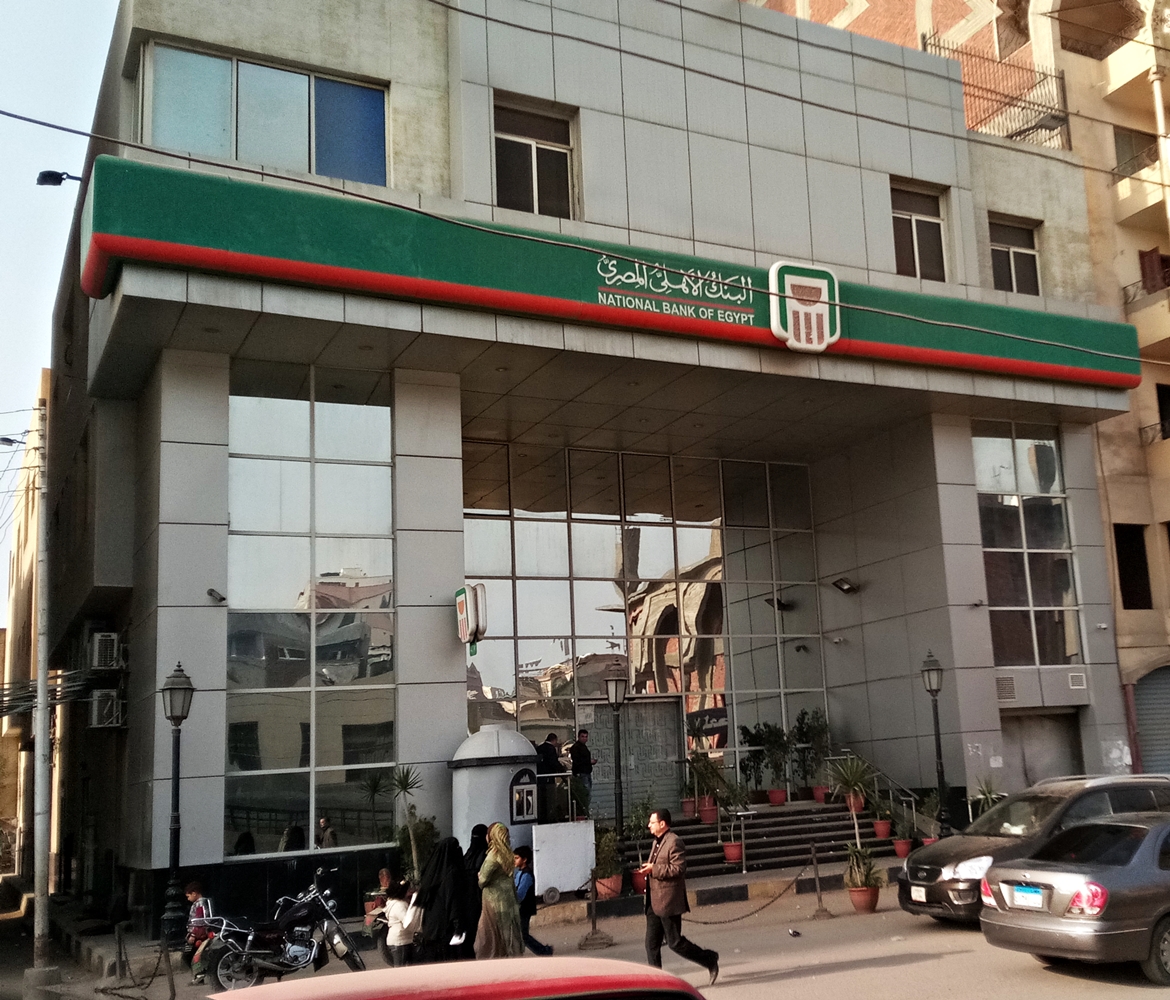A recent Ministry of Finance report revealed positive GDP indicators for the financial year 2009/10, but critics maintain that these still fail to translate into better livelihoods for Egypt’s poor.
Currently, about 40 percent of the nation continues to live on or under the international poverty line of US$2 per day.
According to the report on the state of Egypt’s economy in the aftermath of the global recession, Egypt secured a decent growth and outperformed its deficit and debt targets for the FY 2009/10, with recovery from the recession progressing much faster than anticipated.
The document mentioned structural changes within the Ministry’s public finance legal and institutional apparatus, highlighting the introduction of a modernized property tax law, purchasing power parity (PPP) law and advances in the pensions system.
However, economists and social analysts point out that such changes and the positive indicators revealed in the report barely touch the nation’s most needy citizens.
Experts have long charged that the distribution of expenditure within the Egyptian state budget is imbalanced.
According to Samer Soliman, professor of political economy at the American University in Cairo, tackling poverty and investing in development is not the government’s priority.
He says that since the 1990s, the government’s priority has been to direct increasing levels of expenditure to the nation’s security apparatus.
“No significant change in the distribution of spending has taken place in the last 15-20 years,” he says.
“Levels of expenditures to the army have decreased, but have increased for the police, and this move was related to the internal war against political Islam. So the main parameters are the same.”
Meanwhile, adds Soliman, the government maintains a minimum level of subsidies for the poor for national security purposes.
“The government keeps subsidies at the bare minimum required to ensure order and control,” says Soliman. “If you dramatically decrease subsidies, you run the risk of an uprising and social unrest.”
Only the very poor such as the unemployed and farmers living in rural areas are affected by varying levels of budgeted subsidies.
In terms of the workforce, the majority of Egyptians currently turn to the private sector for better working conditions and higher pay.
Approximately one fifth of Egypt’s workforce is employed in the public sector, accounting for between five and six million employees.
Disparity is also widespread amongst the salaries of government employees.
“If you look at expenditures on wages, you have a very high level of inequality between high ranking and lower ranking government officials or employees,” Soliman says. “You have some making between LE20,000 and LE50,000 per month, and others earning between LE300 and 400 a month. The level of inequality is incredible.”
At the time of going to press, Ministry of Finance officials were not available for comment.




